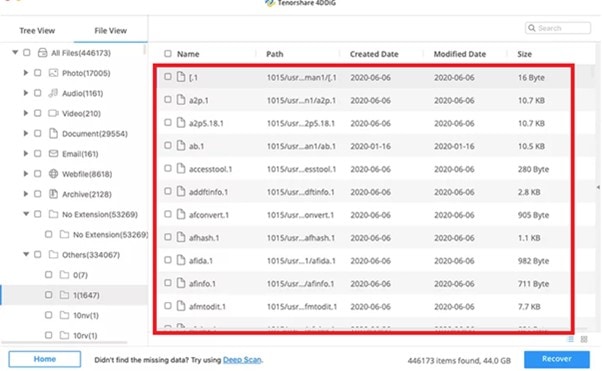
Note: This is a guest post written by Bruno Souza
Distributed systems have come a long way in the last 10 years, advancing in leaps and bounds. That advancement, however, comes with increased complexity, especially the complexity you face when you manage logs.
Systems today are so complex that you could have thousands of servers and service containers. Each of these components will log data separately. With cloud-based systems, the data that is logged is mind-bogglingly large. Because of this, it has become a very important part of information technology (IT) operations to manage logs. These logs will then be used to support other functions, such as production and performance monitoring, troubleshooting, debugging and support functions.
Distributed systems come with loads of efficiency, especially when it comes to scalability. However, log data can be confusing in such instances. An IT team may not know where to find the log files they need or even what kind of steps they would have to take to figure that out. The log files are usually decentralized, which doubles the challenge of managing them, not to mention the IT team is required to be compliant to security and regulatory protocols in the process. That is why it helps to know some best practices when it comes to log management.
1. Have a Log Management Strategy

Whatever you do, make sure you have a solid strategy. This is true of managing logs as it is of any other endeavor. As a member of development and operations (DevOps), make sure your logging plan is well organized, even if you’re releasing just one feature. Without a strategy, your log data will continue to grow in both size and complexity, making it more and more difficult for you to find the log data you need.
When developing a strategy, prioritize the most important things first in terms of what you value most from your log data. You should have data hosting locations, logging tools and methods and a strong idea of the exact data you want.
2. Keep Your Log Data Structured Well
Apart from a strategy, you also need to have a proper structure for your log data. You should know about the most effective log formats, or you won’t be able to get insightful information from your logs easily.
For a log format to be effective, it has to be both clear and easy to understand for both machines and humans. When you have a readable format on your log, then troubleshooting becomes a lot easier. The most common logging formats are key value pair (KVP) and JavaScript object notation (JSON). Both of these formats are coherent enough for a human to understand and also make it easier for logging software to extract the information they need.
3. Log Data Should Be Centralized

The collection and shipment of log data to a centralized location should be automated. The centralized location should not be the same as your production environment to avoid confusion. When you consolidate log data in this way, it makes it easier to manage and analyze it and see correlations among the data. It also protects the data from loss when the production environment is auto-scaling.
4. Logging Should Be Comprehensive

If you’re going to log data from your system, make sure you log all of the data from all of the components in the system. That way you get a holistic view of the system and how everything interconnects. Logging should cover all events and metrics from the infrastructure at the bottom, the layers of applications on to and the clients on the user’s end.
When you practice end-to-end logging, you get a better understanding of the performance of your system, with things like delays in database transactions, latencies in the network and lags in page loading times all being taken into account. That way, the experience you deliver to the user is a lot more unique.
5. Have Unique Identifiers in Your Log Data

These are very useful when it comes to analytics, support and debugging. They give you the ability to track particular sessions and track the specific actions that users take. With every user getting a unique ID, you can find out what actions they took within any duration. By breaking down their activity, you can trace the path taken by a transaction, from the first time the user clicked to all the underlying events that happened on the server end.
Effective log management empowers your team to do their job better, making it easier for them to find the log data they need and then perform analysis on that data to get insights into the performance of the system. Get it right the first time, and everything works itself out after that.






